How can we make it easier for everyone to join in?
It is very easy to arrange an activity without realising that the way you have set it up creates hidden barriers to involvement for certain groups.
How can we make it easier for everyone to join in?
It is very easy to arrange an activity without realising that the way you have set it up creates hidden barriers to involvement for certain groups.
This question is important because:
It is very easy to arrange an activity without realising that the way you have set it up creates hidden barriers to involvement for certain groups. These barriers may be practical (cost, equipment, transport, timing, cultural norms) or emotional (heightened anxiety at the thought of going into a leisure centre or meeting new people). Below are some ideas on how you can identify and avoid these barriers.
Key messages:
Ask people what would make it easier for them, or people they know, to join in. Ask organisations that already work with this group.
The criteria you set (eg referral process or open access, place-based or condition specific) will influence who your project can reach.
On a practical level you may be able to make your session much more accessible by, for example:
- helping with the cost of sessions, appropriate clothes or equipment
- finding out what time of day or week is most likely to suit people
- providing extra staff or trained volunteers to help supervise children in the swimming pool
- running sessions in the local community rather than at the leisure centre, or providing some subsidised transport
- offering some women-only sessions
- promoting the session in a range of languages to suit the local population
- ensuring all your materials are easy to understand: use a clear font, don’t use too many words and only use plain language; include images to show what you are describing; include a phone number and e-mail address and encourage people to get in touch if they have any questions
- encouraging people to bring someone with them the first time they come.
Research
The report published by the University of Strathclyde tells us that projects which were purely community or place based (eg working with participants from a defined geographical area or a care home) and those which were purely condition-based (eg working with people who have poor mental health) were more likely to recruit truly inactive people than those that used a combination of these approaches. However, this success was equally dependent on the quality of projects’ relationships with communities and referrers and their ability to communicate what the activity was about.
Case Study
KA Leisure
The referrers interviewed suggested that the following factors helped reduce clients’ anxiety about attending the Project:
- Referrers providing the name of the person who will contact them from KA Leisure
- Having the opportunity for the referrer to go with their patient/client to the first few sessions
- Greater time set aside for the assessment of new people enabled Physical Activity Consultants to be able to get to know clients and understand their issues more thoroughly.
The subsidised nature of the Project was also a factor. Several participants stated that they would not have been able to commit to going to MABA had it not been offered at a lower rate than usual. As two participants commented:
“I have a part time job so I can’t afford gym membership. I have got a travel card so I can get the bus to get here”.
“It would definitely be something I would cut out if I couldn’t afford it”.
One of the most important factors in encouraging people to stay with the Project is the relationship with the instructor and the personal nature of the contact. Providing continuity of instructor from first contact appears to create a bond between the participants and the instructor which keeps them coming back.
Quotes
“The project is 1:1 – you get to know your instructor and they make you feel important, like you matter”.
“You have to go because you know the instructor is waiting for you to turn up – you feel like you are letting them down if you don’t go!”
“I suffer from anxiety and found it difficult to go out of the house so I wasn’t really sure about the Project. The instructor was great, they told me everything that would happen and said that they would meet me there. I felt they really understood my worries and wanted to help”.
Page summary
How can we make it easier for everyone to join in? PDF





